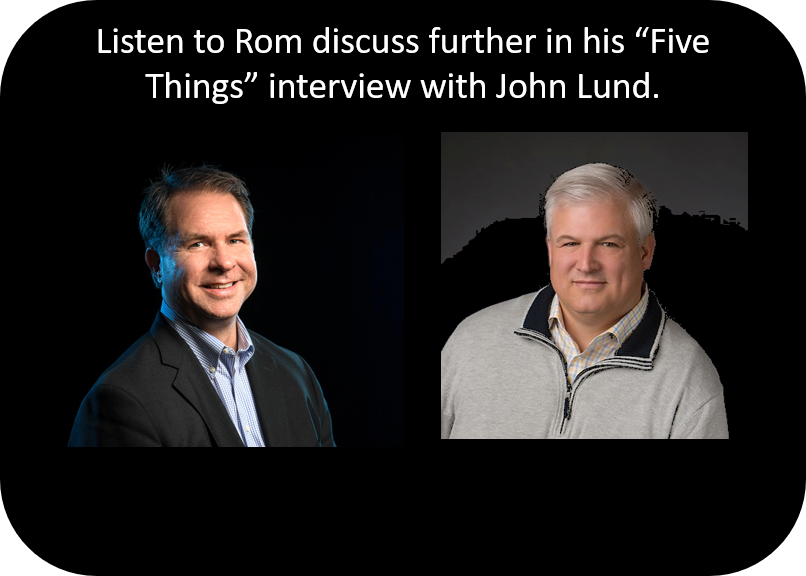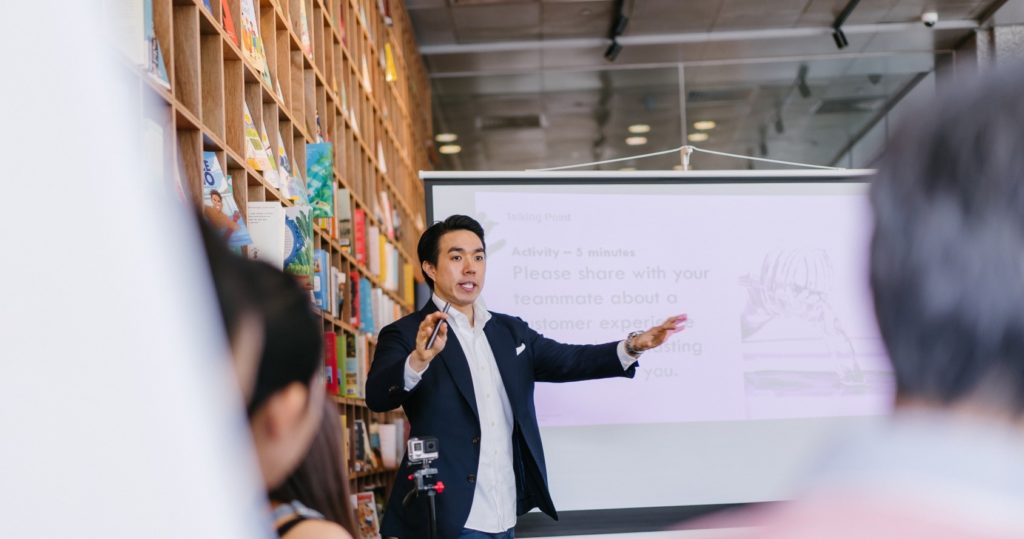Leaders seem to have a love/hate relationship with one-day or two-day meetings. Often, they lean toward the hate side because the extended sessions can become like the other boring meetings they attend (or possibly lead?) only much longer. The flip side are leaders that have experienced these sessions as engaging, important events where leadership teams break through to the next level of cohesion. The value of these seem to keep leaders going, begrudgingly booking the next session, in hopes of magically having the break though.
Well, it’s not magic. Having a successful, enjoyable, challenging, and important leadership session is achievable, every time. Like anything worth doing well, it will take some work.

Before we get into the 5 steps, let’s talk about the cadence of your meetings. You may have one annual retreat every few years to develop “The 5-year Strategic Plan.” These infrequent events usually lead to plans that sit on the shelf or the share drive without making much impact on the organization. Still, having something like this is better than nothing, because the team can still achieve some short-lived alignment.
You may have a regular annual planning session; possible every year as an off-site. These can be good, especially if the plan is reviewed and some accountability is in place. Another, growing trend, is to have quarterly full day planning sessions and an annual two-day session. This cadence can give the best results for leadership teams to maintain cohesion and drive accountability.
The cadence or rhythm of your leadership sessions is important. To borrow from music terms, no matter what your particular meeting rhythm sounds like, the sessions are the crescendo of the piece. The beats (or other leadership meetings) in between the full day sessions keep the beat. If you have zero team meetings, you have no music. If you have infrequent, irregular meetings, the music will be off. So, let’s get on with the 5 steps…
CONSISTENT COMMUNICATION SUPPORTS YOUR INVESTMENT AND STRENGTHENS THE TEAM: Have weekly leadership sessions, every week, between full-day sessions. This is the heartbeat that makes the investment in full-day sessions pay off. This is where the “magic” really happens. The decisions made on strategy, policy, priorities, goals, etc. in the full-day sessions need to be actually turned into work that gets done. These weekly meetings are essential for results. AND they make the next full-day session so much better. The team know one another, strengths and weaknesses, the team sees what’s working and what’s not, the team can now bring experience and momentum into the full-day session. The crescendo that make the music swell and the song truly comes to life.

INVOLVE TEAM MEMBERS AND BUILD ACCOUNTABILITY THROUGH PREP WORK: Have detailed prep work for every attendee assigned 2-4 weeks prior to the session. This is absolutely critical. The team needs to report out on progress made toward the primary priorities, as well as be prepared to make the next set of decisions. Typical prep work is reading something together that’s relevant to their situation (books/articles on strategy, leadership, etc.), debriefs on decision made at the last session, financial results and forecast, research and presentations on strategic topics, highlights from the previous quarter/year, input from the departments/functions as to what is needed to win, and thinking time on the next set of goals. Without serious prep work, leadership teams rely on their gut and are more informal in their performance at the full day session.

CREATE EXPERIENCES THAT BUILD AN ALIGNED LEADERSHIP TEAM: Design an experience that goes beyond an agenda. Of course, start with a clear agenda! Just don’t stop there. Think about meals together, team building activities, travel time (ride share?), down time, and the timing of key parts of the agenda. Also, consider who is in the room. It may be just the leadership team. You can also include key high potential talent to join for certain sections. Some even have clients attend portions to give feedback to the leadership team. Who is in the room can add or take away from the experience, so give this some thought.
INVEST IN A THIRD PARTY EXPERIENCED FACILITATOR: Collaborate with a professional facilitator with leadership team session experience beyond following a standard playbook. Each team and event bring opportunities to customize the experience. The right facilitator will bring huge value, before, during, and after the leadership sessions: working with you to design the experience, to set the prep work, to guide the session so you can participate, and to follow up with additional accountability.

MODEL YOUR COMMITMENT TO THE PROCESS AND ALL OF THE STEPS INVOLVED: As the leader, be committed to making the session(s) critically important. That means you have to do the prep work, you have to show up on time, you have to bring your full self and passion to the session, you have to listen to your team, and you have to make the decisions to propel the team forward. Your role is essential to the success of the sessions. Participate and lead, your team will follow.
To find out more contact Rom LaPointe
Rom LaPointe, Founder of Capricorn Leadership and Certified EM Advisor
After being the CEO for 25 years on multiple leadership teams, he now serves as a facilitator and advisor for leadership teams of over 50 companies ranging in size from $5M to $5B. Every leadership session is a piece of music, some faster, some slower, but always hitting the right notes.
